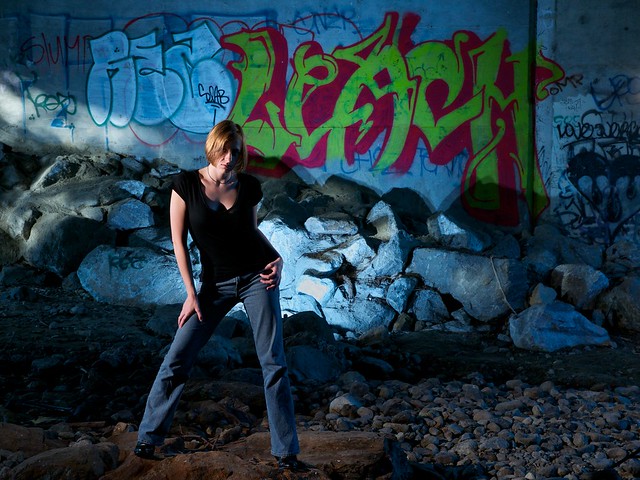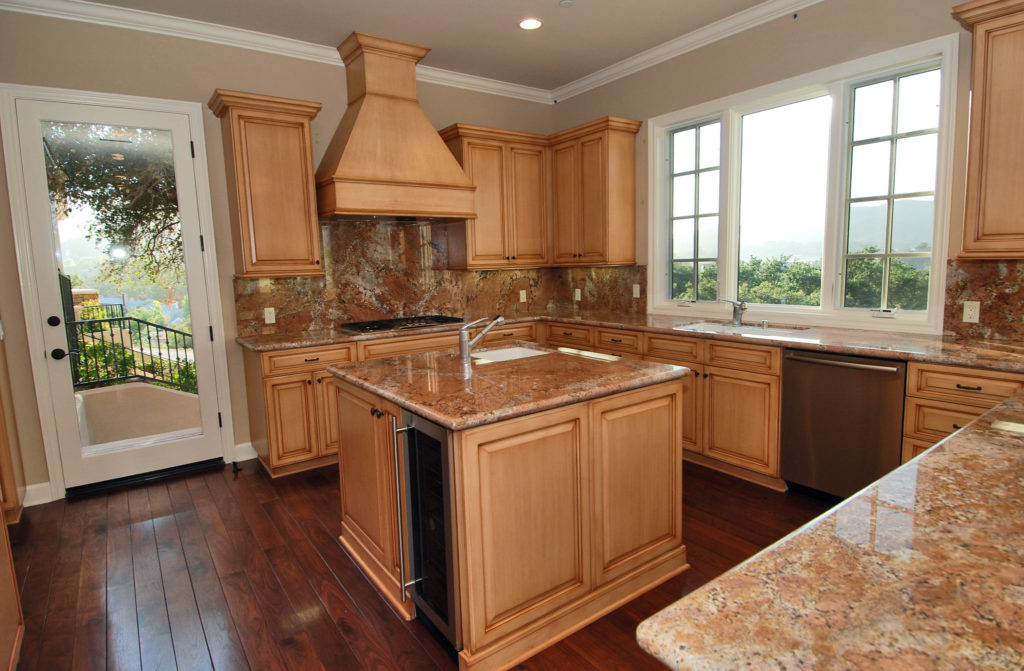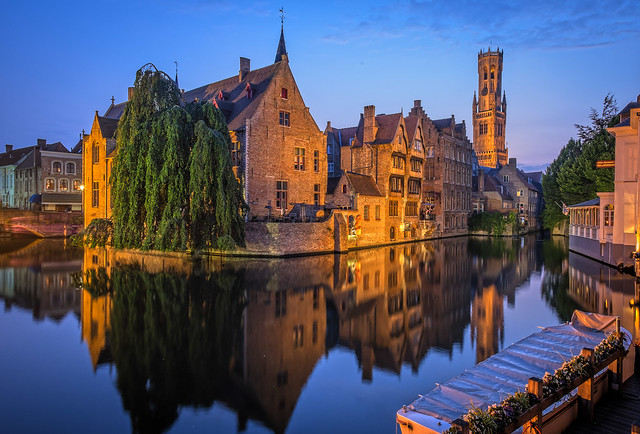Mixed lighting can be one of the most challenging situations for any photographer. It can happen at a venue, in the studio, or even outside using fill in flash or where man made light interferes with daylight. Today we are going to take a look at what mixed lighting is and how to cope with it.
What is Mixed Lighting?
Mixed lighting has been with photographers since the very first days of color. Both film and digital sensors are tuned to see one particular color temperature. With film of course this is fixed, a daylight film is designed to give the optimum color when shooting in 5500 Kelvins, a digital sensor however can be changed to suit the color of the light at the time.
Before we go any further, let's have a brief look at what color temperature is as we will need to understand this to understand mixed lighting. All light has a color that we grade from warm to cool or cold around a mean of midday sunlight. These colors are measured on the Kelvin scale and enable us to assign a figure to the color of the light. Ironically what we call warmer light is actually at the lower end of the temperature scale, 3000-4500K being a reddish, warm light compared to noon daylight and conversely, cool light is at the higher end. The mean color of daylight is regarded to be 5500K, flash light can be up to 10000K.
Warmer light actually has a lower colour temperature, by Jason Row Photography, on Flickr
With this in mind, you can see that if we come across two or more different light sources each with a different color temperature, our sensor (or film) can only correctly deal with one of them. What are our options for dealing with this situation?
Block or Filter the Offending Light Source
For example if we are shooting an event, perhaps a wedding and the interior of the venue has big windows giving copious amounts of daylight but also has fluorescent lighting. We need to eliminate one of those light sources. It may be as simple as turning off the lights or closing the curtains depending on which is the more prominent source, you need to decide which light is going to work best in that situation.
If we are using flash or studio lighting during this event, we are adding in another color to the mix. In this case we can sometimes correct the our studio or flash light using filters or gels over the lights to match the ambient light, pro lighting companied provide gels to match most types of man made light. Learn how to set your camera’s white balance manually and carry a grey card to help analyse and isolate mixed light conditions.
Another option, particularly when shooting flash is to shoot a high enough shutter speed to eliminate any ambient light. This works best when the ambient light levels are relatively low and can be overcome by the flash lighting.
This shot balances flash light with ambient daylight, by DualD FlipFlop, on Flickr
Embrace it
Sometimes, mixed lighting can be a integral part of a photograph rather than something we need to eliminate. This is particularly true of outdoor, low light photography. The tungsten lights, for example, in the windows of a cottage can add a feeling of warmth contrasted by the deep blue light of the approaching night. The same can be true in cityscapes where we can have a multitude different light sources from the tungsten and halogen of car lights to the neon lights of the shops and advertising. Again setting your white balance manually is the best option. Look for the predominant light source in the scene and set for that.
If possible shoot RAW files. RAW does not embed the color temperature correction into the image, leaving you able to correct the color temperature in the post production.
Real Estate can cause tricky mixed lighting situations, by Sherwood CC, on Flickr
Correct it in Post
Following on from shooting RAW, you can try to correct color issue in post production. It is here that RAW comes into its own, as does the grey card mentioned at the top. By shooting a grey card under the lighting conditions you are photographing in, you can use Photoshop or Lightroom’s auto corrections to get you close to a good white balance. You can then use masks or radial filters to correct out the issues. This is particularly effective in Lightroom where you can change the color temperature in specific regions of the image using the Radial Filter, Brush or Graduated tools.
This is only a brief primer on mixed lighting. It is a deep and complex subject as any studio or interior photographer will testify. However, by understanding the issues of mixed lighting and knowin ways to overcome or embrace it, you fill find yourself more in control of the light you work with.








